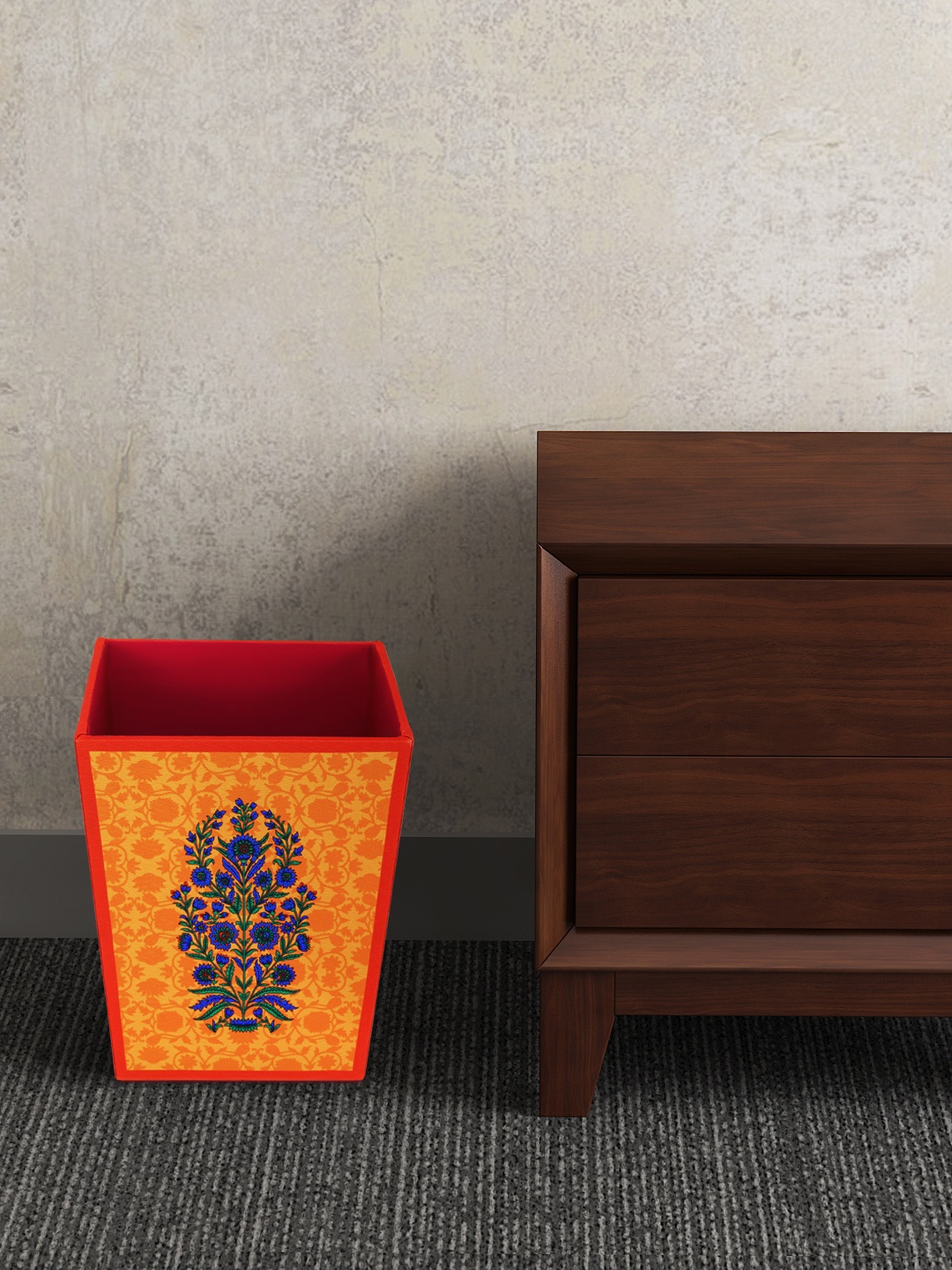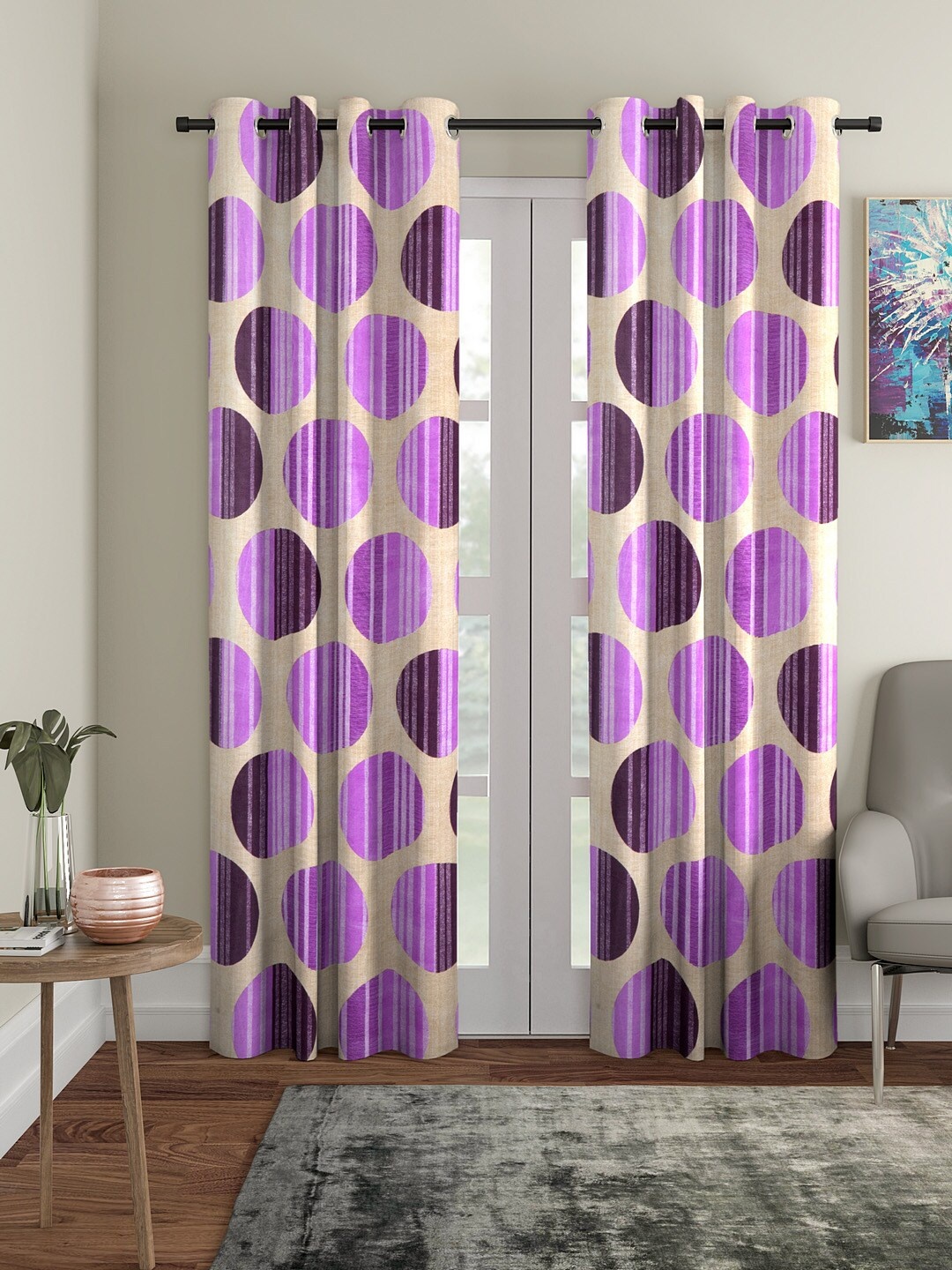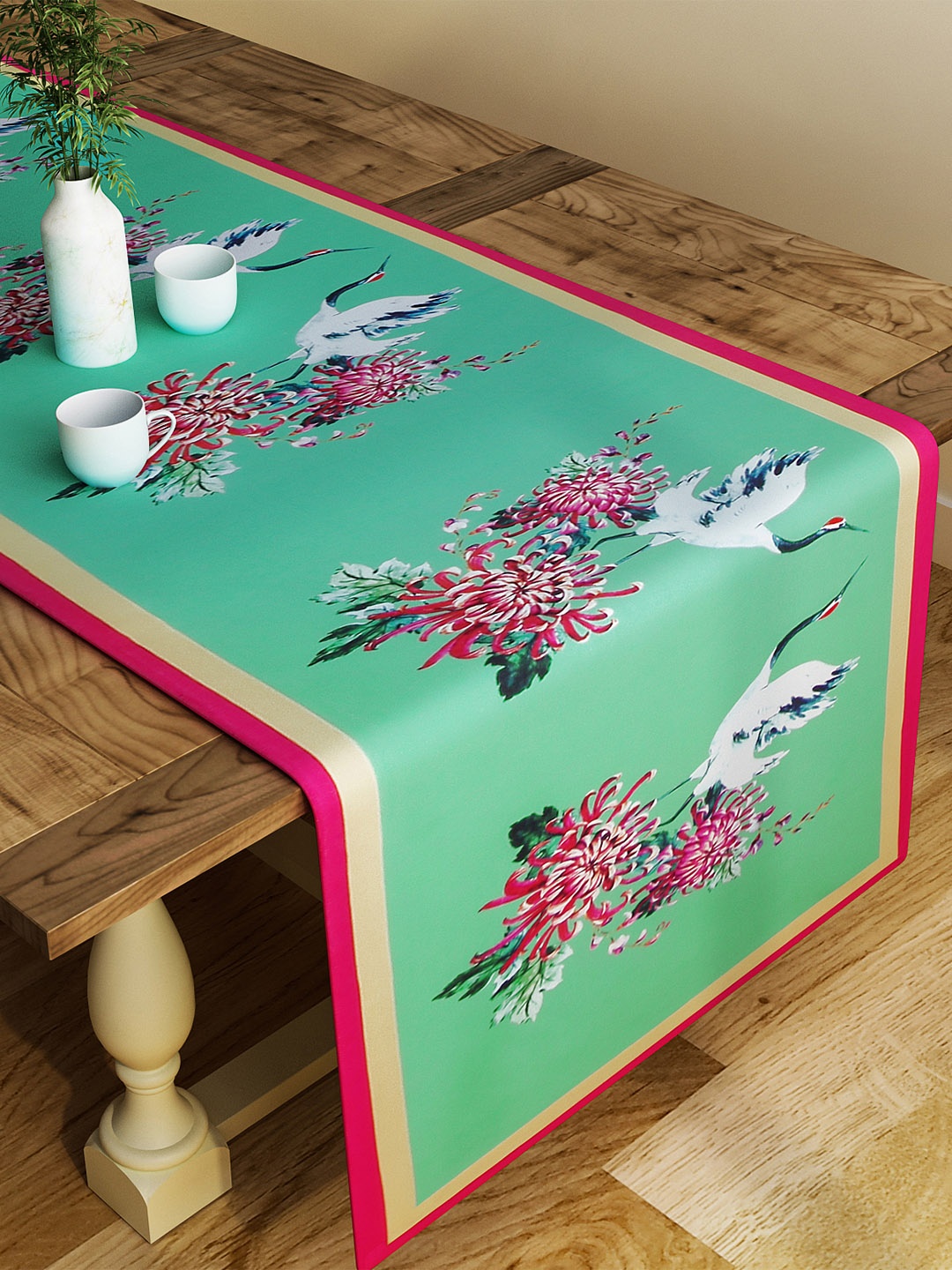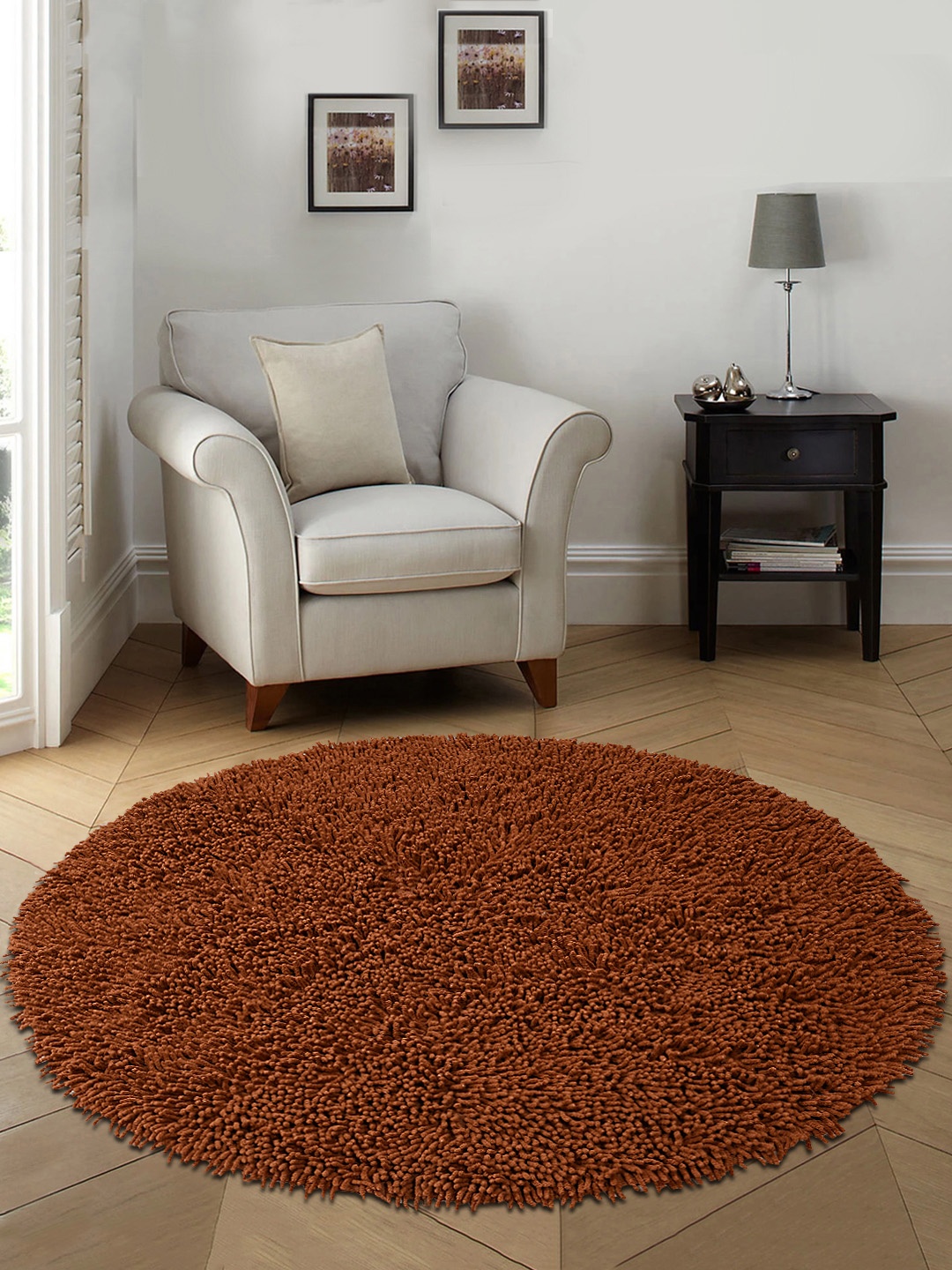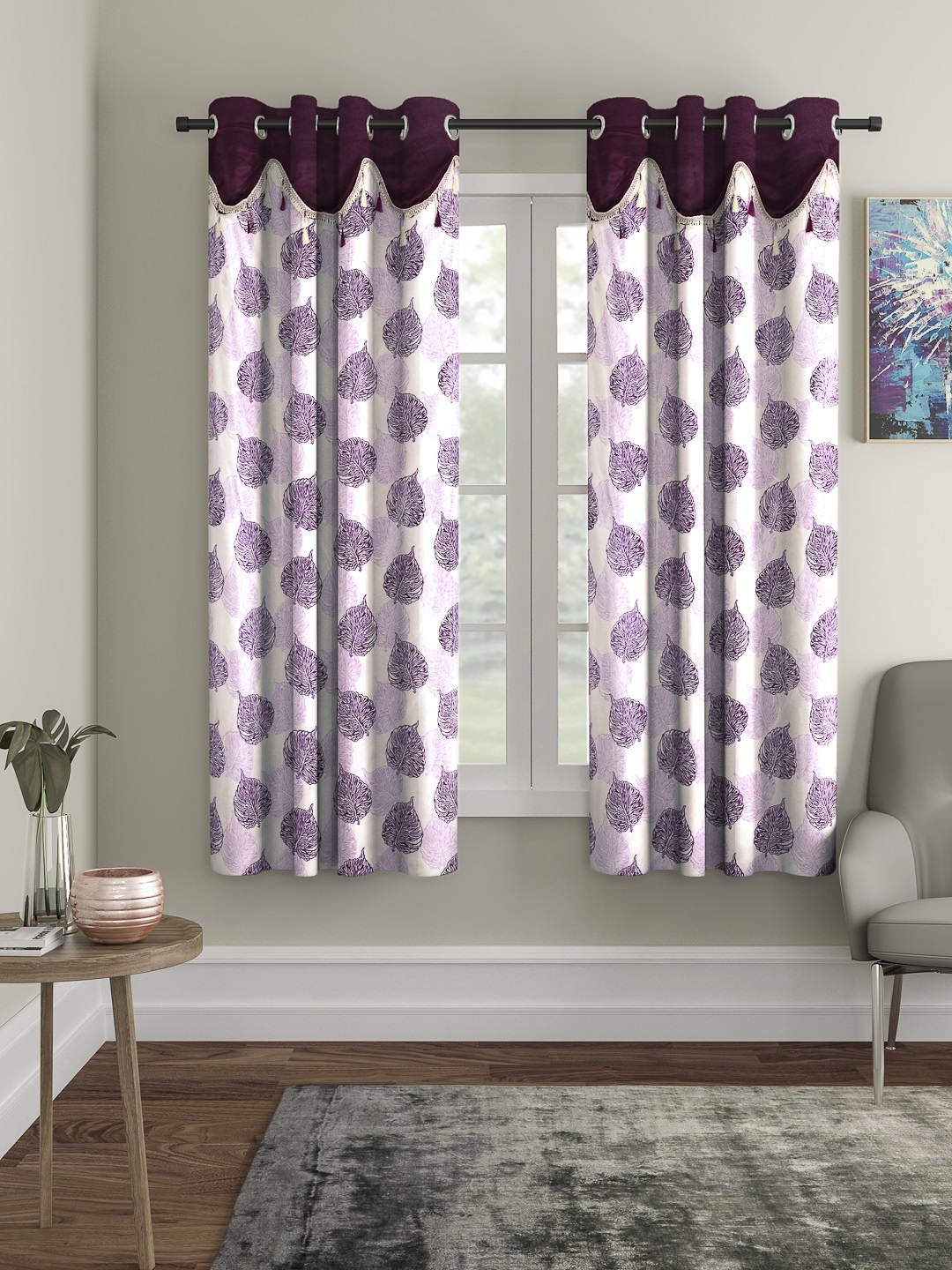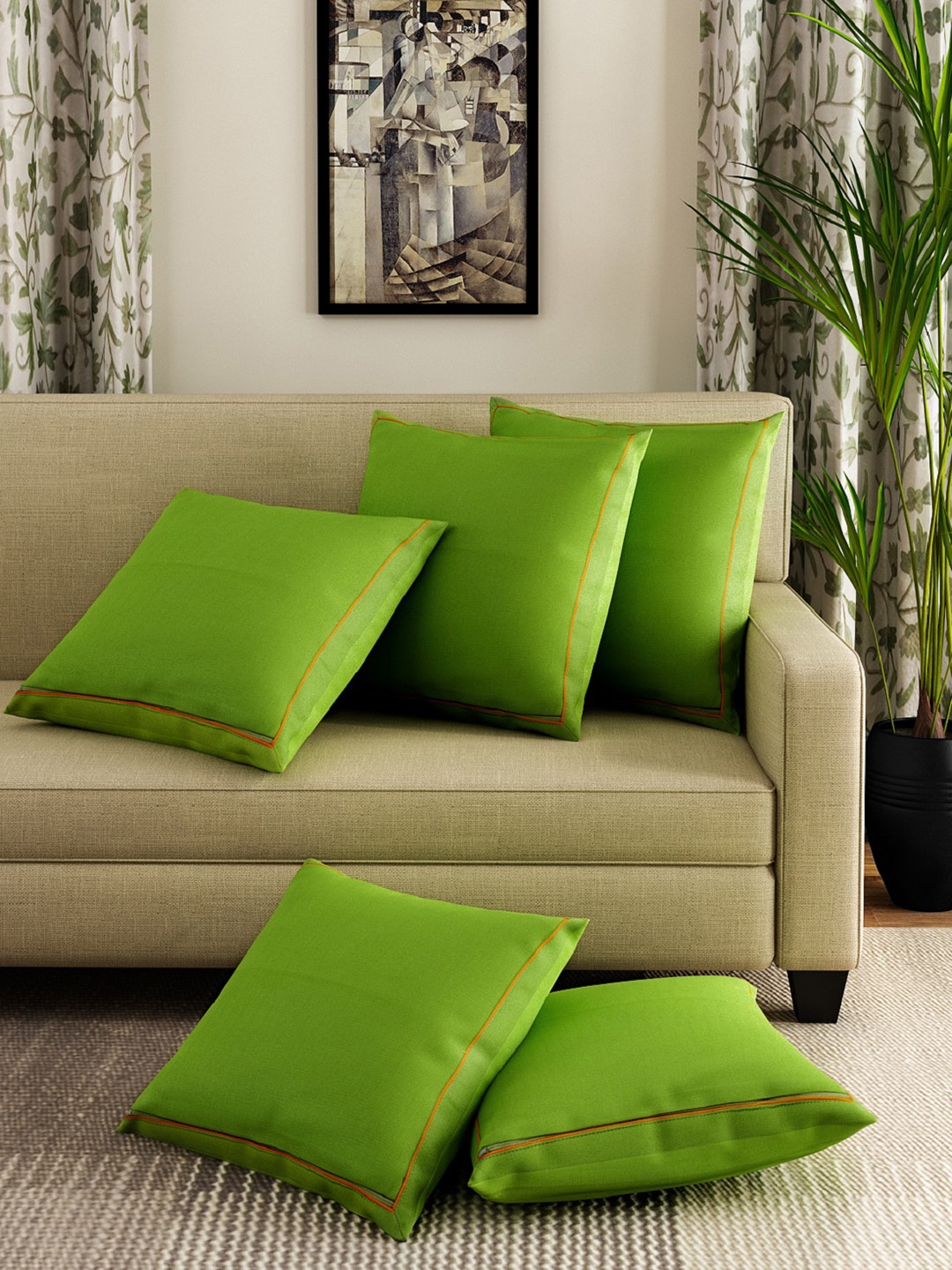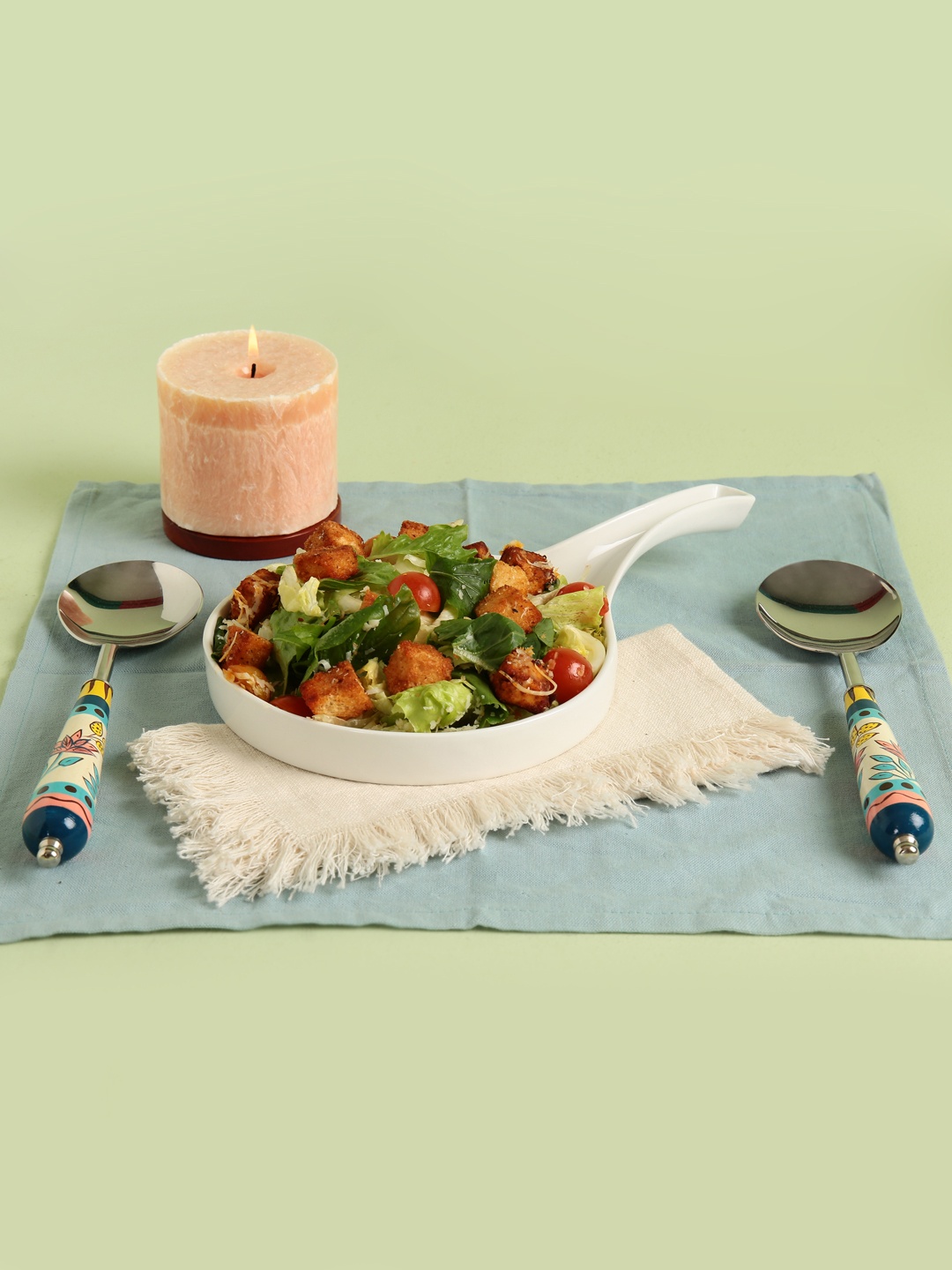5 Types of Chopping Boards For Kitchen- Chopping Board Uses And Benefits
Your chopping board does more than just prep fruits and vegetables, and thus, it is important to choose the right one. Here are the types of chopping boards and their use in the kitchen.

Read all about the 5 commonly used chopping boards and their specific uses
From dicing vegetables to slicing fruits and cleaning meat, a chopping board is one of the most-used tools in any kitchen. Made of different materials, each chopping board serves a specific purpose. However, using the wrong type can affect your knives, hygiene, or even the way your food tastes or smells. For instance, have you ever noticed yesterday's meat prep affecting how your fruits taste today? These are some signs that you might not be using the right board. Thus, in this blog, we will tell you all about the different types of chopping boards and their uses in the kitchen.

Read all about the types of chopping boards and which one you need for your kitchen; Photo Credit: Pexels
5 Common Types Of Chopping Boards And Their Uses
1. Wooden Chopping Boards
Wooden chopping boards are included in the must-have kitchen tools. They are the most durable options in the market. They are common across Indian households and are best for chopping fruits, vegetables, bread, and herbs. Avoid using wooden chopping boards for raw meat, as they can easily trap bacteria on their surface. With proper care and maintenance, this type of chopping board can last many years.
Some people like to use their wooden chopping boards as serving platters. Moreover, wooden chopping boards require regular oiling. Contrary to popular practices, soaking or washing wooden chopping boards using water and soap can hamper their longevity.
Pros
- Gentle on knives
- Ideal for fruits, veggies, and herbs
Cons
- Need regular oiling
- Can absorb odours from foods
2. Plastic Chopping Boards
Plastic cutting boards are affordable, lightweight, and above all, dishwasher-safe. They are ideal to chop raw meat, poultry, and seafood because they can be washed and sanitised easily. Due to their softer surface as compared to glass or stone boards, plastic chopping boards are less harsh on the knives.
However, over time, plastic boards can develop scars that can harbor bacteria. Thus, it is important to replace them to prevent trapped food particles and odours from affecting your food.
Pros
- Easy to clean
- Can be used for meat and fish
Cons
- Prone to knife marks
- Can harbor bacteria

Plastic chopping boards are ideal for raw meat and fish;Photo Credit: Pexels
3. Bamboo Chopping Board
Bamboo chopping boards are a sustainable alternative to plastic boards. They have a tough surface, making them resilient to knife marks. However, they can also dull your knives over time.
Since bamboo doesn't absorb water easily, these chopping boards are more durable and hygienic than regular wood. They are great for slicing fruits, vegetables, and bread. Like usual wooden boards, bamboo ones are also not ideal for raw meat.
Pros
- Eco-friendly
- Naturally antibacterial
Cons
- Can be hard on knives
- Prone to cracking
Also Read: Unexpected Kitchen Finds: Top 5 Trending Picks That Will Change How You Cook Daily
4. Epicurean Chopping Boards
Epicurean chopping boards, also known as composite boards, are made from recycled wood fibres and resin, thus combining the goodness of both worlds. They are easy to clean and gentle on the knife. Epicurean boards are heat-resistant, dishwasher-safe, and an eco-friendly option.
These boards don't require regular oiling. Although they are slightly expensive, these boards support a wide range of tasks, such as slicing fruits and carving meat.
Pros
- Sustainable
- Gentle on knives
Cons
- Can retain odours
- Develop knife marks

Epicurean chopping boards do not damage knives easily and are sustainable; Photo Credit: Pexels
5. Glass Chopping Boards
Glass cutting boards look extremely stylish. They are easy to clean and perfect for modular kitchens. You can also use them as serving platters to present exotic fruits and cheese to your guests.
They are non-porous, stain-resistant, and dishwasher-safe. However, they might not be a great fit for everyday use and can even damage your sharp knives. Glass boards are best for occasional use and light tasks.
Pros
- Hygienic
- Resistant to stains and odours
Cons
- Can damage knives quickly
- Slippery surface
Which One To Choose?
These were the 5 most common types of chopping boards and their different uses in the kitchen. If you are looking for an all-purpose and high-quality option, go with a wooden or bamboo board. These two are great for chopping everyday veggies, fruits, and slicing bread.
If your meals include meat, fish, or poultry, you need a non-porous plastic board along with a wooden one to handle versatile cooking options. Having two separate boards will prevent cross-contamination and ensure the highest safety and hygiene standards.
Choosing the right chopping board can help protect your knife's sharpness, boost efficiency, and improve hygiene in the kitchen. While plastic boards are geat for seafood and raw meat, wooden and bamboo ones handle daily fruits and vegetables like a pro. It all boils down to your food preferences. If you prep daily, consider color-coded boards to avoid cross-contamination. And you can even buy different types of chopping boards online to cook more safely and efficiently.
Products Related To This Article
1. SA Overseas White Marble Chopping Board
2. RUSHIL WERE 304 Rectangle Stainless Steel Chopping Board
3. Homecure Large Wood Chopping Board
4. ADRP Stainless Steel Chopping Board
5. 42x32 Premium Stainless Steel Chopping Board
6. Plastic Finfördela Bendable Chopping Board
7. SELTIX Stainless Steel Chopping and Cutting Board
8. IMECO Large Non Slip Bamboo Chopping Board
9. Apmiyani Deal Plastic Chopping Board
10. HomeWiz Plastic Cutting Chopping Board
Frequently Asked Questions On Chopping Boards (FAQs)
1. What are the five different chopping boards?
The five most common types of chopping boards are wooden boards, plastic boards, bamboo boards, glass boards, and epicurean boards.
2. How many types of chopping boards are there in India?
In India, there can be 5 most commonly used chopping boards made of wood, plastic, bamboo, glass, and epicurean boards. Apart from these, colour-coded boards are also quite popular. These include red or raw meat, blue for raw fish, yellow for cooked meat, green for vegetables and fruits, and white for dairy and bread.
3. Why are different chopping boards used?
Using different chopping boards can help prevent cross-contamination of foodborne illnesses and allergens.
4. Which chopping board is best?
If you are looking for durability and versatility, wooden and bamboo chopping boards are a great option. But they are limited to veggies only. On the other hand, plastic boards can handle both vegetables and raw meat, but they can wear out too quickly. It all depends on your personal requirements and preferences.
5. Which chopping board is most hygienic?
Generally, non-porous materials, like glass and marble, can be more hygienic than wood or bamboo. This is because they are less likely to harbor bacteria or trap odours.
Disclaimer: The images used in this article are for illustration purpose only. They may not be an exact representation of the products, categories and brands listed in this article.








![Steam Iron Teflon Shoe Cover for ES-300,ST-96 [Only For ES-300 and ST-96 Model Electric Steam Irons]](https://m.media-amazon.com/images/I/51wwkttondL._SL160_.jpg)



